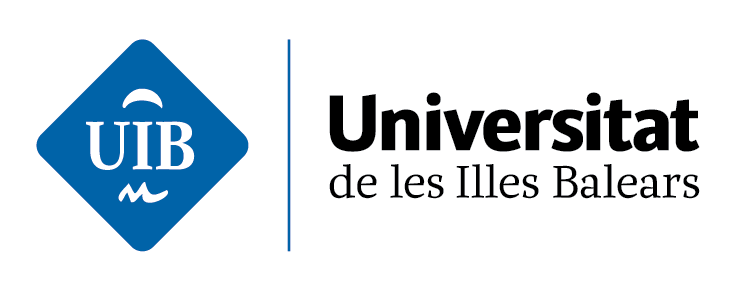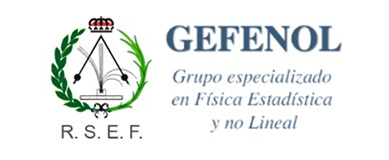Thermodynamics of information
by Juan MR Parrondo,
Universitad Complutense de Madrid.
Plaza de las Ciencias s/n, 28040 Madrid (Spain).
Soon after the discovery of the second law of thermodynamics, Maxwell illustrated its probabilistic nature with a gedanken experiment, now known as Maxwell's demon. He argued that if an intelligent being -a demon- had information about the velocities and positions of the particles in a gas, then that demon could transfer the fast, hot particles from a cold reservoir to a hot one, in apparent violation of the second law. Maxwell's demon reveals a fundamental relationship between entropy and information. Information is a thermodynamic resource and consequently, information manipulation involves some thermodynamic cost.
This short course will review the main aspects of information thermodynamics. We discuss the history of the Maxwell demon and how the second law should be modified to incorporate information. Then we will introduce more recent developments, like fluctuation theorems and reversibility for feedback processes, and the design of optimal Maxwell demons. The basic idea of our approach is that information is stored in slow degrees of freedom that are out of equilibrium. Form this viewpoint, information thermodynamics is the study of a certain class of non-equilibrium states and information is generated by breaking ergodicity. Finally, we will address the question of the physical nature of information confronting this approach with alternative definitions of information based on instantaneous correlations.
The contents of the course are:
- A bit of history: Maxwell's demon, Szilard's engine, Bennett's solutions.
- Basic concepts: Shannon information, mutual information, relative entropy.
- Heat, work, and non-equilibrium free energy.
- Information and the second law.
- Fluctuation theorems for feedback systems.
- Reversibility: optimal Maxwell demons, optimal feedback.
- Thermodynamic cost of measurement and erasure.
- Creating information: symmetry breaking.
- Maxwell demons in the phase space and microcanonical Szilard engines.
- Information flows.
References:
- H.S. Leff and A.F. Rex. "Maxwell's demon 2: Entropy, classical and quantum Information, Computing" (Institute of Physics, 2003).
- J.M.R. Parrondo, J.M. Horowitz and T. Sagawa. "Thermodynamics of information". Nature Physics 11, 131-139 (2015).
- T. Sagawa and M. Ueda. "Minimal Energy Cost for Thermodynamic Information Processing: Measurement and Information Erasure". Physical Review Letters 102, 250602 (2009).
- J.M. Horowitz and S. Vaikuntanathan. "Non-equilibrium detailed fluctuation theorem for repeated discrete feedback". Physical Review E 82, 061120 (2010).
- J.M. Horowitz and J.M.R. Parrondo. "Optimizing non-ergodic feedback engines". Acta Physica Polonica B 44, 803-814 (2013).
- J.M. Horowitz, T. Sagawa and J.M.R. Parrondo. "Imitating Chemical Motors with Optimal Information Motor". Physical Review Letters 111, 010602 (2013).
- J.M.R. Parrondo. "The Szilard engine revisited: Entropy, macroscopic randomness, and symmetry breaking phase transitions". Chaos 11, 725-733 (2001).
- É. Roldán, I.A. Martínez, J.M.R. Parrondo and D. Petrov. "Universal features in the energetics of symmetry breaking". Nature Physics 10, 457-461 (2014).
- R. Marathe and J.M.R. Parrondo. "Cooling classical particles with a microcanonical Szilard engine". Physical Review Letters 104, 245704 (2010).
- J.M.R. Parrondo and L. Granger. "Maxwell demons in phase space". European Physical Journal-Special Topics 224, 865-875 (2015).
- J.M. Horowitz and M. Esposito. "Thermodynamics with Continuous Information Flow". Physical Review X 4, 031015 (2014).



